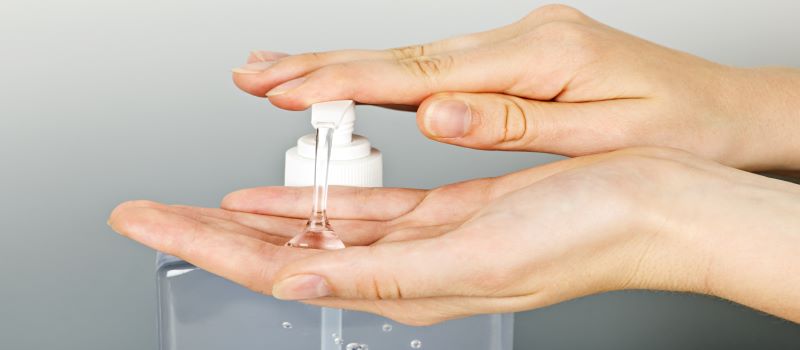What You Need to Know:
On March 20, 2020 (updated on April 15, 2020), FDA issued a temporary policy for the manufacturing of alcohol-based hand sanitizers during the COVID-19 public health emergency. This temporary guidance only applies to the manufacture of hand sanitizers that use alcohol (ethanol) or isopropanol as the active ingredient. The following requirements must be met:
- The hand sanitizer must be manufactured in an FDA registered facility.
- The hand sanitizer must be listed in the FDA Drug Registration Listing System.
- Specific grades of actives and inactive ingredients must be used in formulating.
- The alcohol (ethanol) is denatured either by the alcohol producer or at the point of production of the finished hand sanitizer product.
- Specific formulation must be consistent with World Health Organization recommendations (no additional ingredients may be added).
- Records must be maintained to document processes, steps and control measures taken to assure each batch meets formula specifications.
- The hand sanitizer is produced under sanitary conditions and equipment utilized is well maintained and fits this purpose. Unsanitary conditions must be prevented.
- The finished drug product must be analyzed using an accurate method of analysis for alcohol content.
- The hand sanitizer is labeled consistent with the FDA guidance.
- Manufacturer/Firm must have means of accepting adverse event reports for any products manufactured. These adverse event reports must be submitted to FDA.
Contact SRC for additional insight on the above and/or discussion of the guidance documents or frequently asked questions provided below:
Links to Temporary Policies:
FAQs:
- Can I manufacture a hand sanitizer using any active ingredient under this temporary guidance?
- This guidance only applies to hand sanitizers using the WHO formulations, which apply only to alcohol (ethanol) or isopropanol as the active ingredient. Firms that wish to manufacture hand sanitizers with other active ingredients must follow traditional FDA requirements (additional data and GMP requirements).
- Do I have to follow the WHO formula exactly? Are variations allowed?
- The WHO formulation must be followed exactly to manufacture hand sanitizer under this temporary guidance.
- Can I continue to manufacture this product once the temporary guidance is withdrawn?
- Any hand sanitizer manufactured after this temporary guidance is withdrawn by the FDA must have supporting data and must be manufactured under good manufacturing practices (GMPs) set forth in 21 CFR. It is recommended that a firm cancels their FDA establishment registration and drug listing if manufacturing ceases when the temporary guidance is withdrawn.
- What does my firm need to do to manufacture a hand sanitizer under this temporary guidance?
- The firm must have a labeler code, register their facility with the FDA, and list the hand sanitizer in the FDA Drug Registration Listing System. SRC can assist your firm with the entire process.
- Are there any requirements for source of alcohol (ethanol) active ingredient used?
- The source of ethanol used as the active ingredient must meet the following criteria:
- The source of alcohol (ethanol) must not be less than 94.9% concentration.
- Any water used to adjust the finished ethanol content must be sterile (boiled, distilled, or other process that meets USP Purified Water specifications).
- The ethanol is:
- derived from distillation or fermentation process; OR,
- derived from a synthetic process only if it meets USP or FCC grade.
- Ethanol manufactured in facilities that normally produce fuel or technical grade ethanol may be considered if the ethanol is produced from fermentation and distillation and no other additives or chemicals are added.
- Fuel or technical grade ethanol should only be used if it meets USP or FCC requirements and has been screened for any other potentially harmful impurities not specified by USP or FCC.
- The ethanol is denatured by the alcohol producer OR at the point of production of the finished hand sanitizer product. The following formulas are acceptable:
- Formula 40B (preferred) or 40A with or without tert-butyl alcohol
- Formula 40-B: To every 100 gallons of ethanol add 1/16 avoirdupois ounce of denatonium benzoate (solid or liquid form; added amount is calculated on dry basis), N.F., and 1/8 gallon of tert-butyl alcohol (tert-butyl alcohol is optional)
- Formula 40-A: To every 100 gallons of ethanol add one pound of sucrose octaacetate and 1/8 gallon of tert-butyl alcohol (tert-butyl alcohol is optional)
- Formula 3-C: To every 100 gallons of ethanol add five gallons of isopropyl alcohol
- Formula 40B (preferred) or 40A with or without tert-butyl alcohol
- No additional ingredients beyond ethanol, water and denaturants are added
- The alcohol production firm ensures that the ethanol content in the finished active ingredient before being denatured is at least 94.9% by volume.
- Records must be kept to document processes, steps and control measures taken to assure the ethanol content
- If the finished ethanol active ingredient is distributed to a firm making hand sanitizer, it must be labeled properly with the content, determined by an appropriate test method. It must be labeled consistent with labeling for undenatured/denatured alcohol to be used for incorporation into hand sanitizers.
- The ethanol is produced under sanitary conditions and equipment used is well maintained and fit for this purpose.
- The ethanol production firm analyzes a sample from each batch to verify ethanol content. Methods may include:
- Gas chromatography (GC)
- Specific gravity
- Alcoholmeter
- Hydrometer
- Pycnometer
- Gravity density meter
- Another test that is at least as accurate
- The source of ethanol used as the active ingredient must meet the following criteria:
Published July 13, 2020 by:

Jamie Venable
Senior Consultant

Bob McDonald
VP, Regulatory Services


